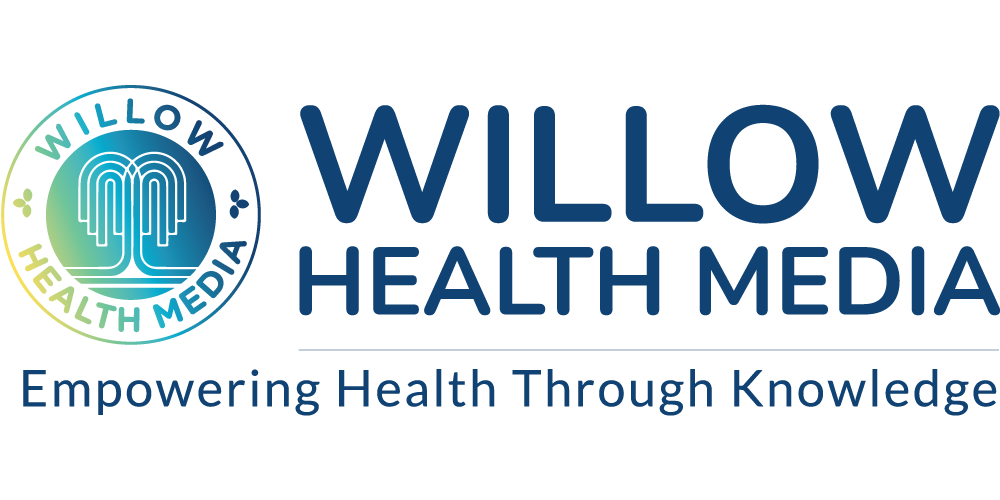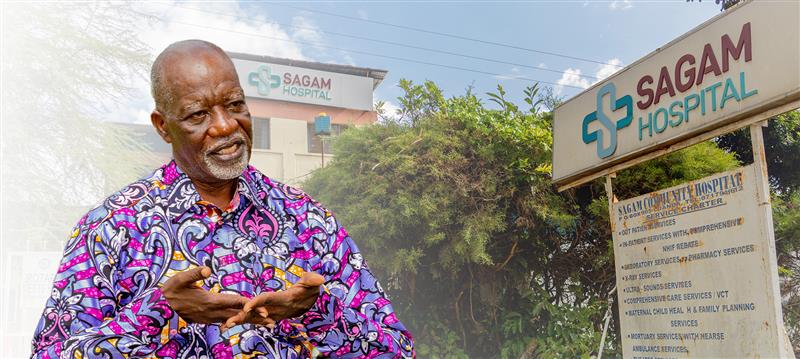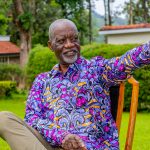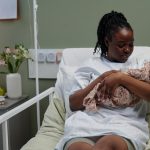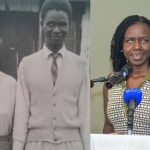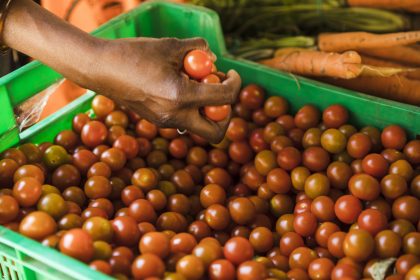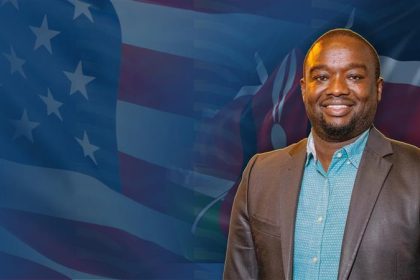I would rather be unhealthy living in a healthy community rather than being healthy in a community of unhealthy people- Prof Khama Rogo, who says ‘I’ve never made a penny from it.’
Few people walk their talk, translating passion into action that, in turn, produces a tangible, touchable, viable and measurable outcome.
Not so Prof Khama Rogo, a leading expert on public health, who walks us to the Gordon Rogo Memorial Sagam Community Hospital, built with his resources in memory of his father, greeting villagers and exchanging pleasantries.
“When you are walking to the hospital, you are also walking through your village. You greet every woman, every child,” he says, adding that he finds tranquillity in the daily rhythms of the village.
The germ seed for Sagam Hospital, we slowly learn, was planted many years ago when Prof Rogo’s grandmother, Kezia, was down with pneumonia, but she was told the only available antibiotics at the local government health facility were reserved for the more vulnerable children.
“She told them ‘thank you’, went home, covered herself with a blanket and died,” recalls Prof Rogo, voice unmistakably melancholic.
A similar episode of neglect would play out when he took an old man with a broken hip to Siaya Hospital, where he left him on the floor because the beds were full. Weeks later, he returned only to find the suffering on the floor. He couldn’t bear it anymore.
“I said ‘never’. If the government can’t, I will do it” and after the community cleared the bush, up came the Gordon Rogo Memorial Sagam Community Hospital in 1998.
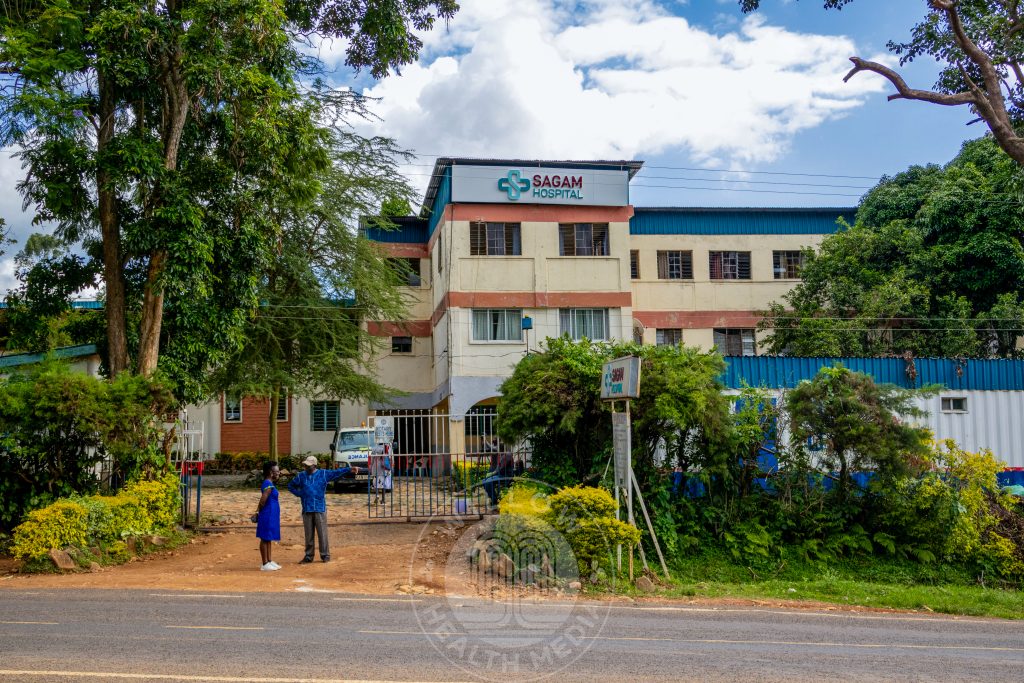

“I used my resources,” he says, adding, “I would rather be unhealthy living in a healthy community rather than being healthy in a community of unhealthy people. Sagam is my proudest achievement, not the World Bank jobs,” says Prof Rogo, who finds therapeutic beauty in doing good. Something money can never buy.
“When people around you are healthy, they can take their kids to school. Everybody is happy; the quality of life changes for everybody. You start being happy in the village. The joys of life stop being material possessions. Countries develop because there are people who work for the benefit of the people,” he reasons.
Sagam is a no-frills community hospital off the Luanda-Siaya Road, but it trains post-graduate M-Med students from Maseno University.
“Excellence is location-neutral. We do total hip replacement under spinal anaesthesia, and people walk home four days later. Caesarean Section is so easy. You can do it on that table,” he says, explaining that medical outcomes are important than equipment and sophistication.
“Did you know that the operating theatre is the most unused space in African hospitals, yet it is the most expensive space per square foot because it houses the most expensive equipment?” we are informed.
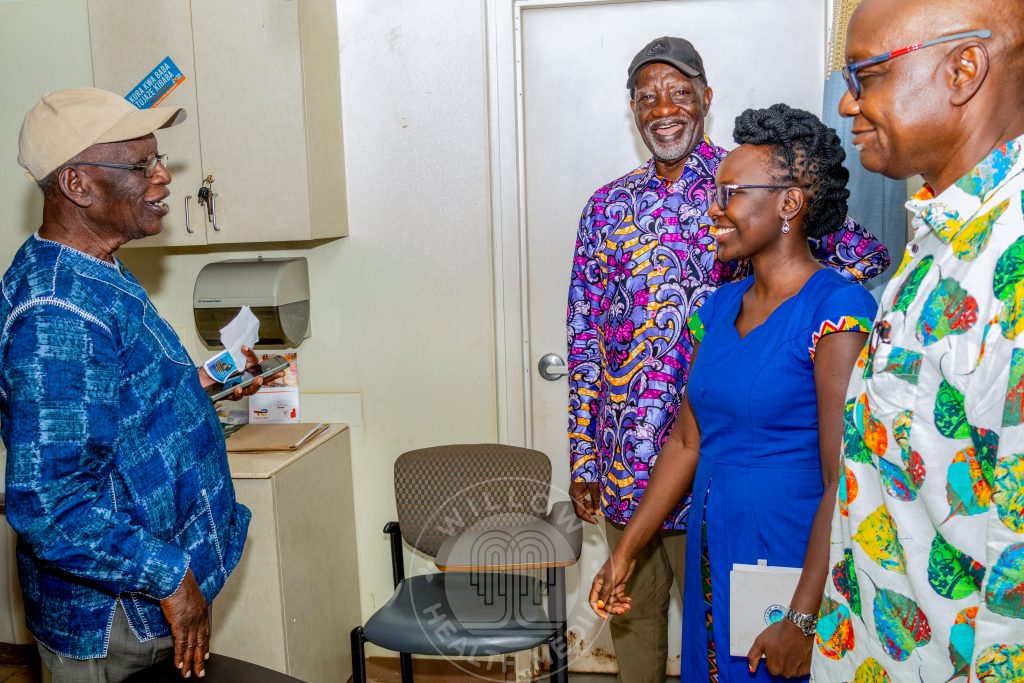
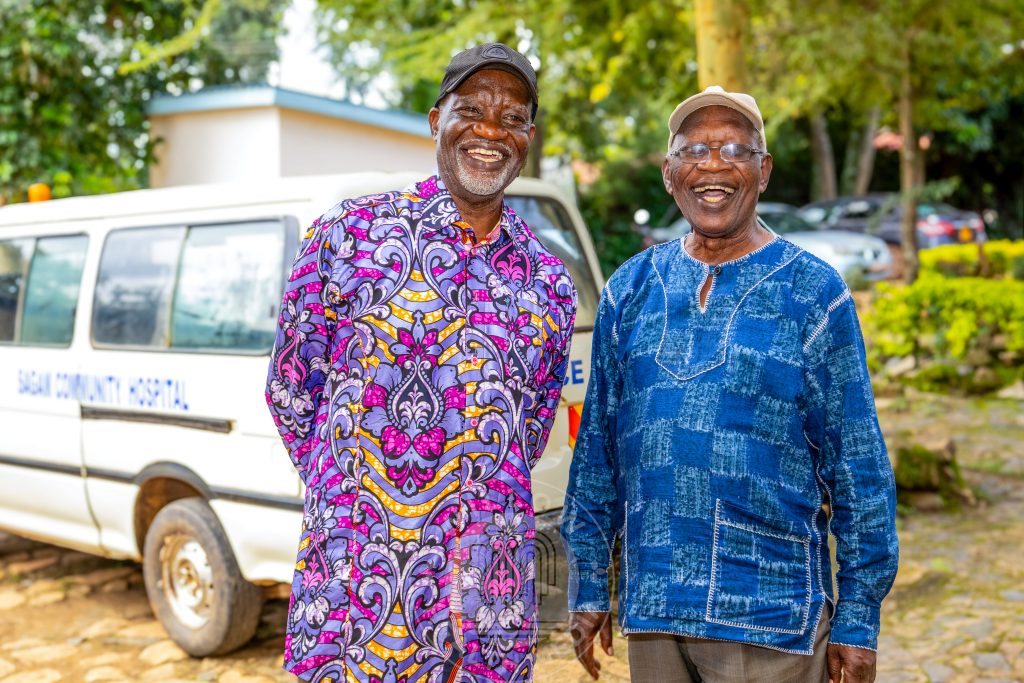
When we visit the two-floor hospital, we meet Prof Rogo’s brother, also the chair of the 100-bed, squeaky-clean facility and had his hip replaced there. Three women are waiting at the reception as a baby sleeps on a seat while a smiling Dorothy waits for us at the reception.
Outside the ground floor, three new mothers exchange banter in the sun as clean sheets flutter in rhythm to the chirping of weaver birds.

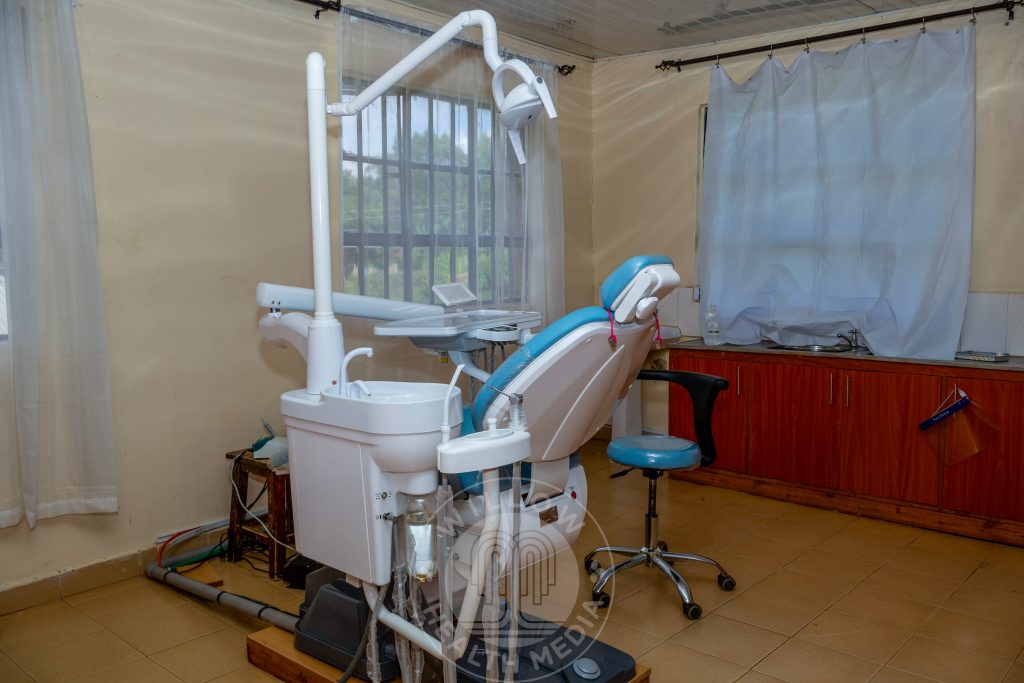
Sagam handles over 50 patients daily, admits over 30 in the same period and performs an average of six surgeries daily. Its X-Ray, Ultrasound, Endoscopy, and Colonoscopy units run smoothly, our guide says.
“We treat and discuss payment later. People from the village don’t pay. Consultation was Sh100 when we started, but it’s now Sh300. We even accept payment in goods. It’s a way of giving back, I’ve never made a penny from it,” Prof Rogo had told us earlier.
